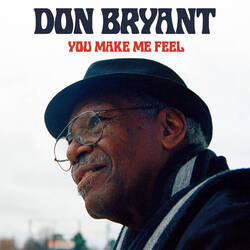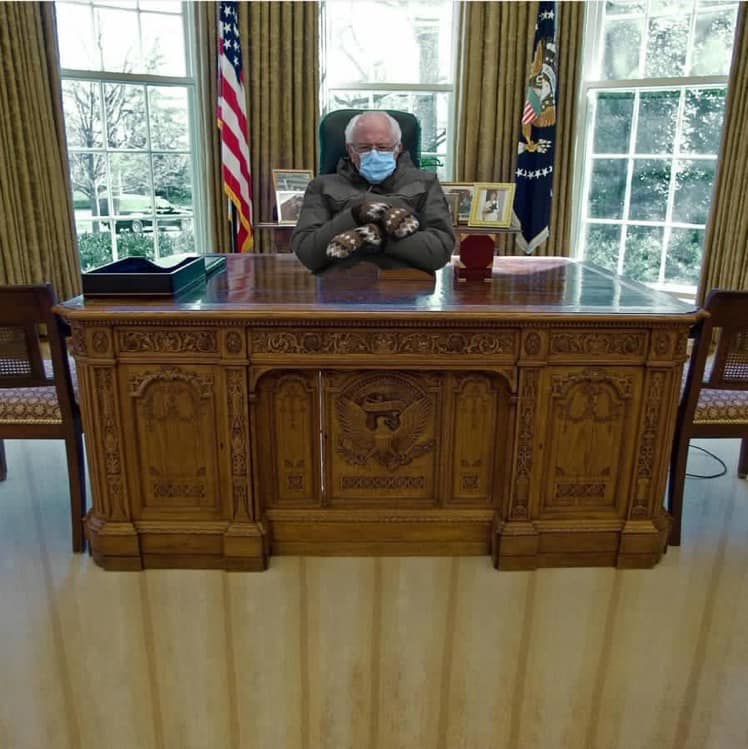
Originally, Bryant was hired by Hi Records' impresario Willie Mitchell to front Mitchell's own band that was popular in and around Memphis in the 1960s and 70s, playing in clubs and at parties for the likes of Elvis Presley and other Memphis luminaries.
But when Mitchell signed smooth singers like A Green, Syl Johnson, and Charlie Rich, Bryant was relegated to song writing for them and other Hi vocalists.
The only album Bryant cut back then was called "Precious Soul," released by Hi in 1969. And then he spent most of the 1980s and 90s singing gospel music.
Fast-forward to 2016 when producer and Bo-Keys leader Scott Bomar and original Hi rhythm section drummer Howard Grimes talked Bryant into recording his second album, "Don't Give Up on Love," a tribute to his wife of 46 years, Ann Peebles.
Now, Bryant and Bomar, along with members of Alabama's own St. Paul and the Broken Bones, as well as Grimes and other Hi veterans, keyboardist Archie "Hubbie" Turner and organist Charles Hodges, have released another fine album entitled "You Make Me Feel" that has been nominated for a 2021 Grammy Award in the Best Traditional Blues Album category. I've been listening to it a lot lately--like dancing down Beale Street in sweet-soul 1970!


 RSS Feed
RSS Feed
